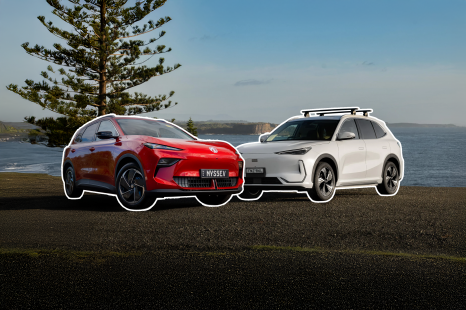

Andrew Maclean
2025 MG S5 EV Essence vs Geely EX5 Inspire: Spec battle
6 Days Ago

News Editor
The Nissan Leaf may be in its autumn years, but it’s received a refresh with tweaked exterior styling and a new digital rear-view mirror.
The updated model, which Nissan is calling a 2023 vehicle, is due here in August.
The base price is up by $1000 to $50,990 before on-road costs, while the longer-range Leaf e+ is now also $1000 more expensive at $61,490 before on-roads.
UPDATE, 26/04/2022 1pm – Nissan Australia has clarified the base Leaf price is $50,990 before on-roads, not $50,900.
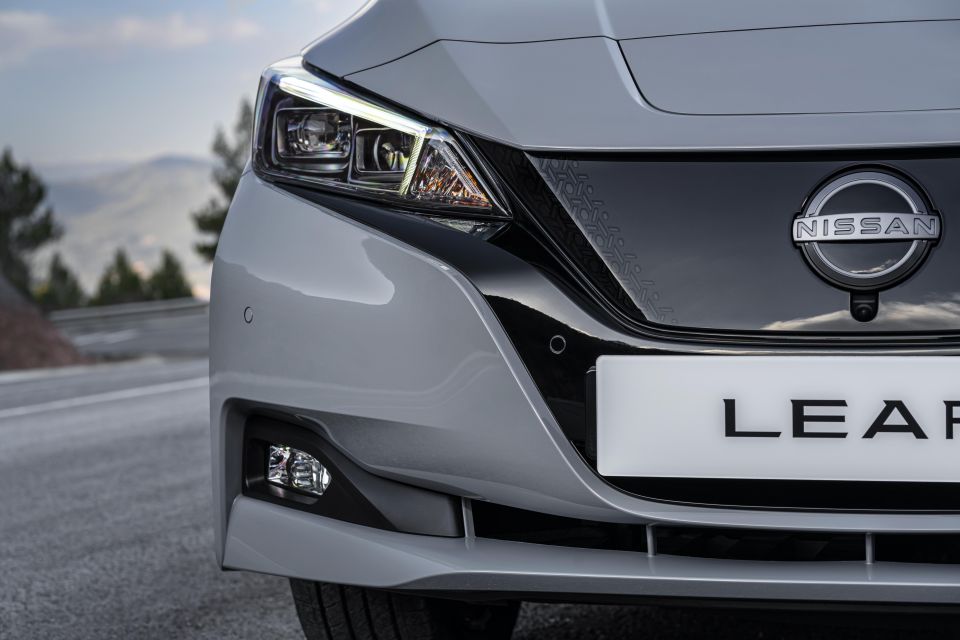

Exterior styling changes include new badging, a revised grille, and an unusual new 17-inch alloy wheel design.
There have also been some tweaks designed to make the Leaf look a bit sportier, including a new rear spoiler, rear diffuser and side sills plus darkened headlight surrounds.
Inside is essentially unchanged, apart from the introduction of a digital rear-view mirror that can be switched back to a conventional mirror at the press of a button.
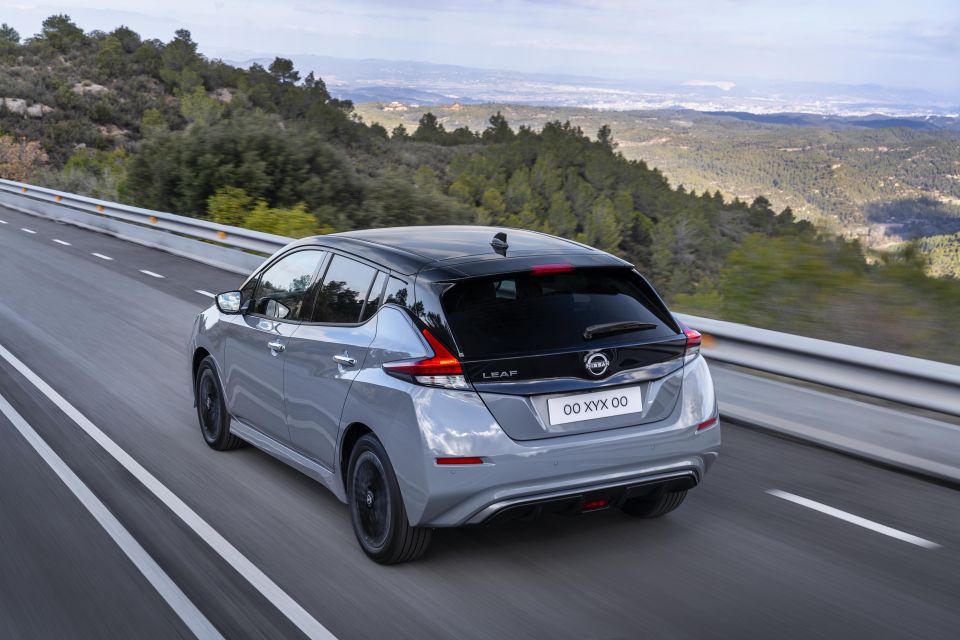
The Leaf has also received a unique in-motion sound, which Nissan calls its Canto sound, that is played outside the vehicle at speeds of less than 30km/h.
It varies in pitch depending on whether the vehicle is accelerating, slowing or reversing.
While Amazon Alexa integration and a ProPilot semi-autonomous driving mode are offered in European-market Leafs (Leaves?) they remain off the table for Australia.
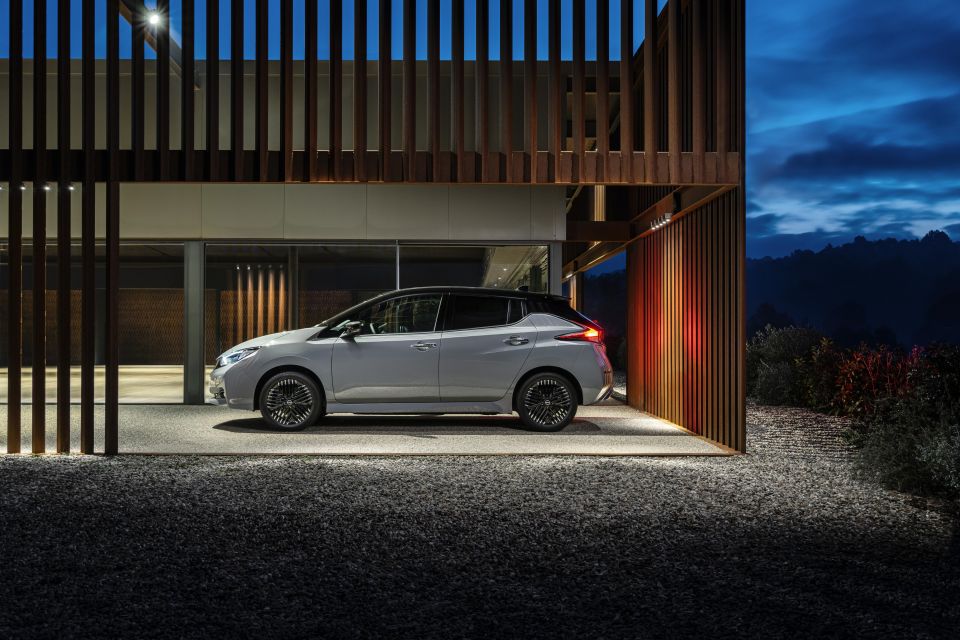
The 2023 update brings no mechanical changes to the Leaf.
Both versions of the Leaf are powered by a single, electric motor driving the front axle, hooked up to a lithium-ion battery pack.
The standard Leaf features a 110kW/320Nm electric motor and a 40kWh battery, good for a WLTP range of 270km and a 0-100km/h time of 7.9 seconds.
The Leaf e+ features a 160kW/340Nm electric motor and a 62kWh battery, with range increased to 385km and the 0-100km/h time dropped to 6.9 seconds.
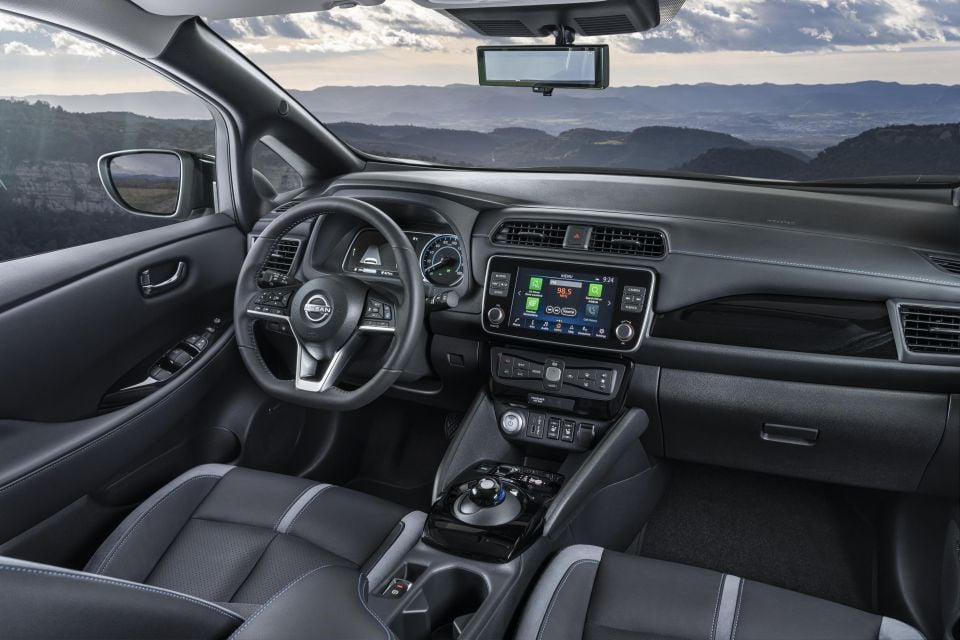
Both models require the use of a CHAdeMO charger when topping up the battery with DC power. To go from 20 to 80 per cent on a DC fast charger takes an hour in the Leaf and 1.5 hours in the Leaf e+.
A 7kW AC wallbox charge takes 7.5 hours in the Leaf and 11.5 hours in the Leaf e+.
The following equipment continues to be standard on both Leaf models:
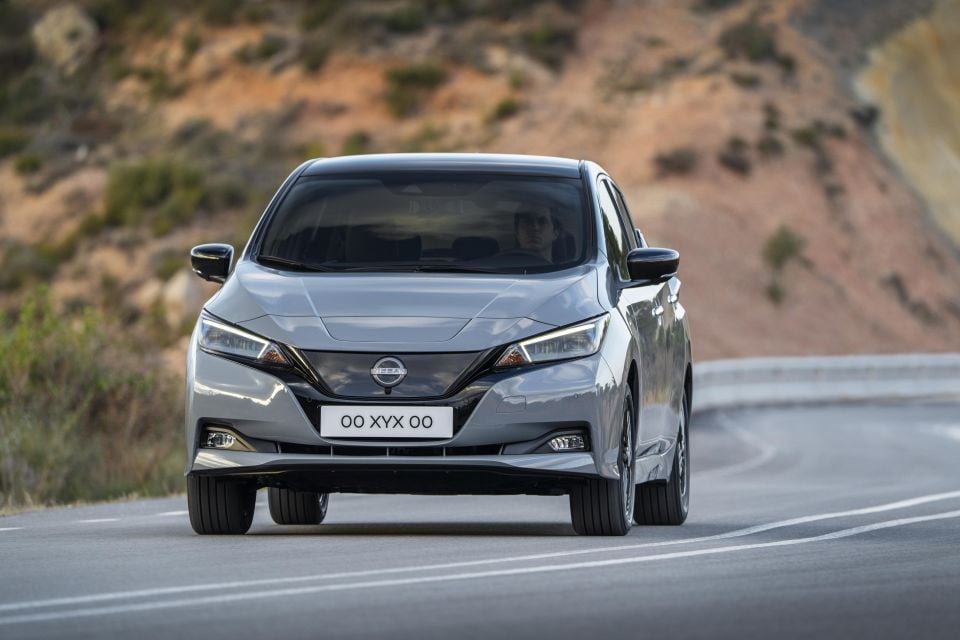
The Nissan Leaf is seen as one of the original mainstream electric vehicles (EVs), with its first generation launched at the end of 2010 and arriving here in 2012.
Nissan has sold more than 577,000 units globally over its lifespan thus far.
Nissan didn’t take advantage of its first-mover advantage and branch out from the Leaf sooner.
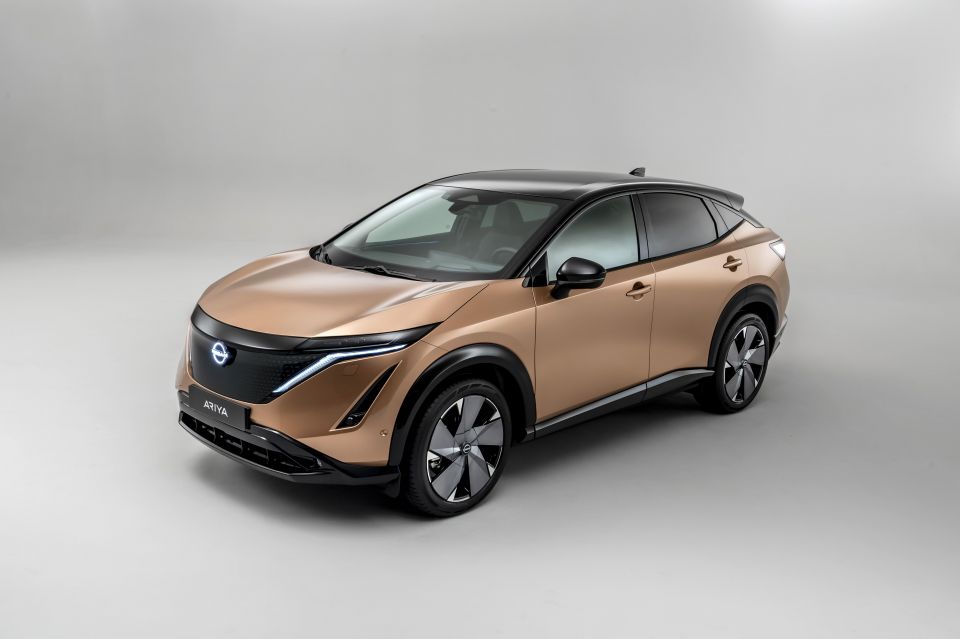
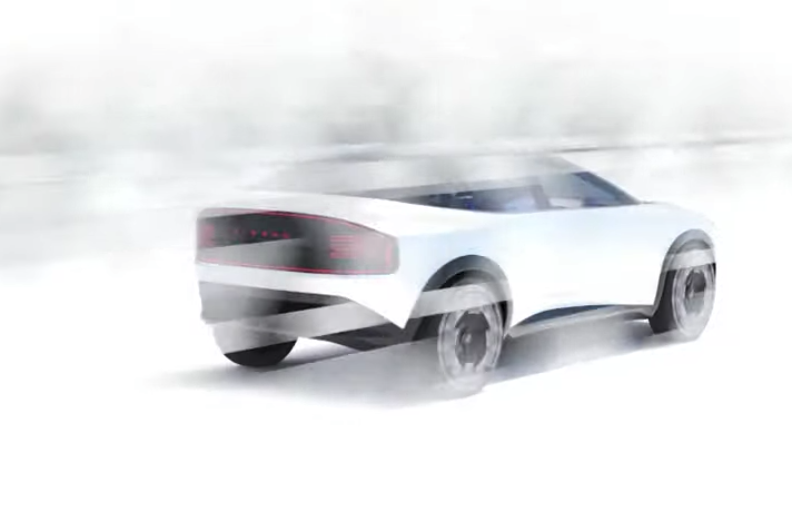
It’s taken until this year for Nissan to introduce a second global EV, the Ariya crossover. Local launch timing for this model has yet to be confirmed.
The Leaf itself is set to be replaced in 2025 by a new electric crossover, though it’s unclear if it’ll retain the Leaf name.
It’s set to use the Renault-Nissan-Mitsubishi Alliance’s new CMF-EV platform, also underpinning the Ariya and Renault Megane E-Tech Electric, and enter production around 2025.
All prices exclude on-road costs.
MORE: Everything Nissan Leaf
Where expert car reviews meet expert car buying – CarExpert gives you trusted advice, personalised service and real savings on your next new car.
William Stopford is an automotive journalist based in Brisbane, Australia. William is a Business/Journalism graduate from the Queensland University of Technology who loves to travel, briefly lived in the US, and has a particular interest in the American car industry.


Andrew Maclean
6 Days Ago


Max Davies
5 Days Ago
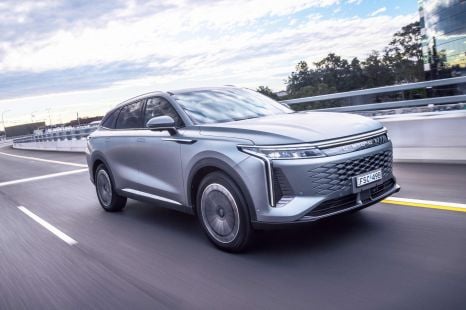

Damion Smy
3 Days Ago
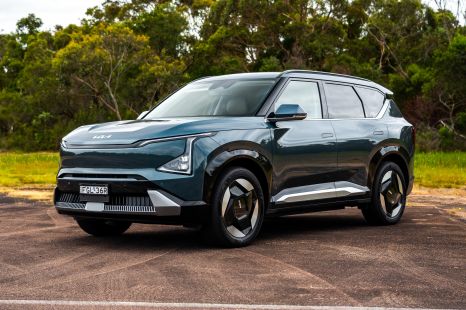

James Wong
3 Days Ago


Angus MacKenzie
1 Day Ago


Derek Fung
7 Hours Ago